Here is a list of things I think you should consider before using the S loom. It’s know by many names including a blanket, afghan, Serenity and an 8 Shape loom.
This has many characteristics that are very different from the regular round or long looms so the list might also help you bring together the supplies you will need to knit the project. Also when you know the common mistakes people make with this tool, you’re less likely to make them.
The VIDEO: Is a bit different so be sure to watch it completely for extra pointers.
Stay tuned for my Waffle Stitch Blanket Pattern coming soon to my Loomahat.store.
Note that what you see below is a folded blanket. With this loom, you are literaly knitting a folded fabric. So it will be almost twice the width you see in the picture.
Consider This, Before Using an S Loom to knit an Afghan or Blanket
1. You’re knitting flat. Making sure that you mark your first and last peg clearing. Preferably they look completely different from your other markers. I used metal rings (10 cm) for the first and last pegs and the band markers for the rest of the pegs. That will keep me from knitting in the round by mistake. By the way, I put a little bag tie around the peg I want to ignore.
2. Avoid using the very last peg. This also helps in keeping you from knitting in the round by mistake which is a very common error. I only used 137 pegs of the 138 pegs available on my loom for our blanket pattern.
3. Make note of the fact that the pegs go in unusual directions in order to accommodate knitting in the curving shape of the loom. Some of the dips in the body of the peg are on the outside of the looms and others are on the inside. This means at certain times knitting with the HUGE loom will be a bit ackward.
4. Use a very simple pattern. I recommend no more than 5 rows and/or stitches. Our current blanket that I’m working on is 3 stitches and 4 rows. This reduces the odds of making error.
5. If you’re using band markers, make sure that they are a color that is different from your loom and your yarn. This will keep you from knitting off the marker. See the picture below. This can happen even when you use bands that are a diferent color.
To correct this, I will cut the band, remove it from the fabric and then place a new one on the loom.
6. Confirm where your row should end. You can do this by following the line until the end of the row. This is important because it’s easy to lose track of the direction you’re knitting when you have to “flip” the loom. For example if you’re knitting row 1 and at some point you’re concerned you made an error, just follow the row with your finger and should end where you would start row 2 and not where you started row 1.
7. Know the shape of your stitches A purl looks different from a knit on the loom. If you have to make corrections, knowing this information is going to be super helpful.
8. Know how to undo the stitch without dropping it. There are several ways to undo a stitch, some methods are better than others. For a video on this Click HERE
9. Find the error when you notice that you went in the wrong direction. You will see what looks like an opening (a gap) in the row. Undo the stitches until you reach that peg. Correct and continue knitting.
In the picture below you can see the gap left when I turned mid-way through my row instead of continuing in the correct direction.
10. The project gets heavier as it gets longer. I am less than half way through the project and the yarn alone already weighs 2.12 lbs (704 yd or 1243 g ). That makes knitting chunky blankets very difficult for knitters with certain conditions. This doesn’t mean you can’t knit the blanket, this only means you might need to add a lazy susan to your working table, an arm sleeve or wrist brace to help you be able to handle the extra weight.
Watch the Video
It includes additional ideas.
Related Posts
Tagged: afghan, blanket, extra large loom

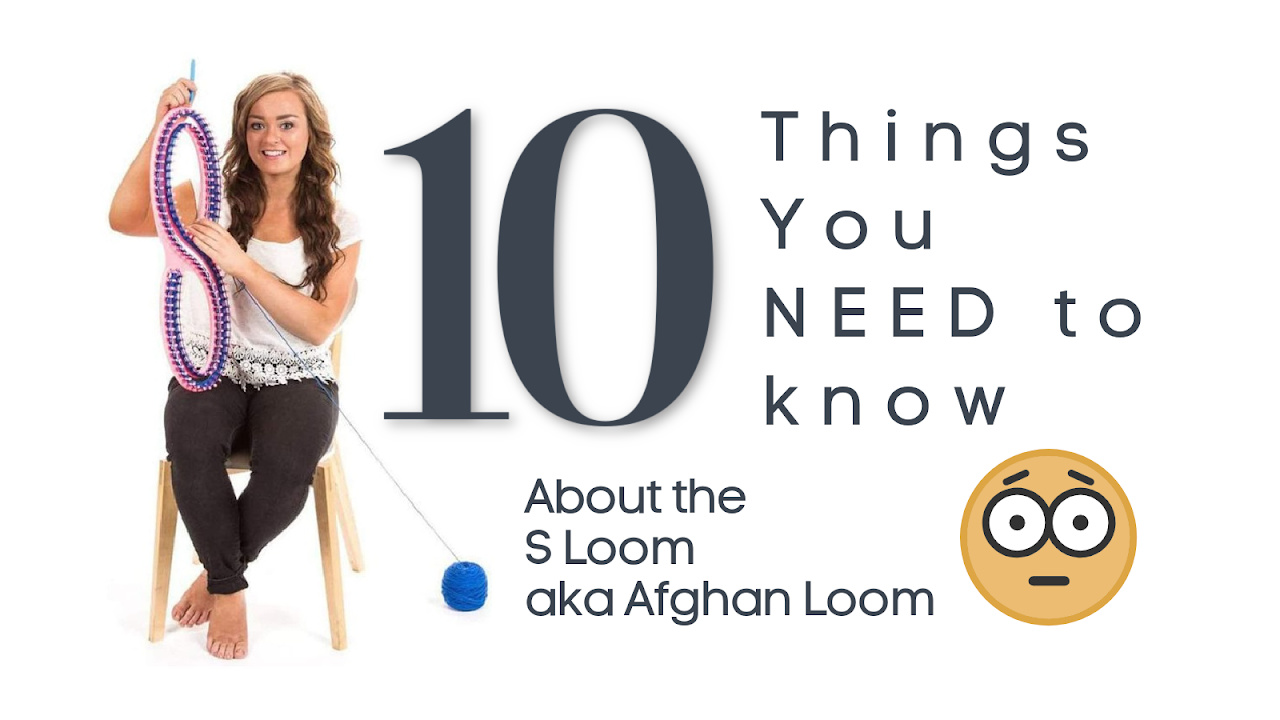
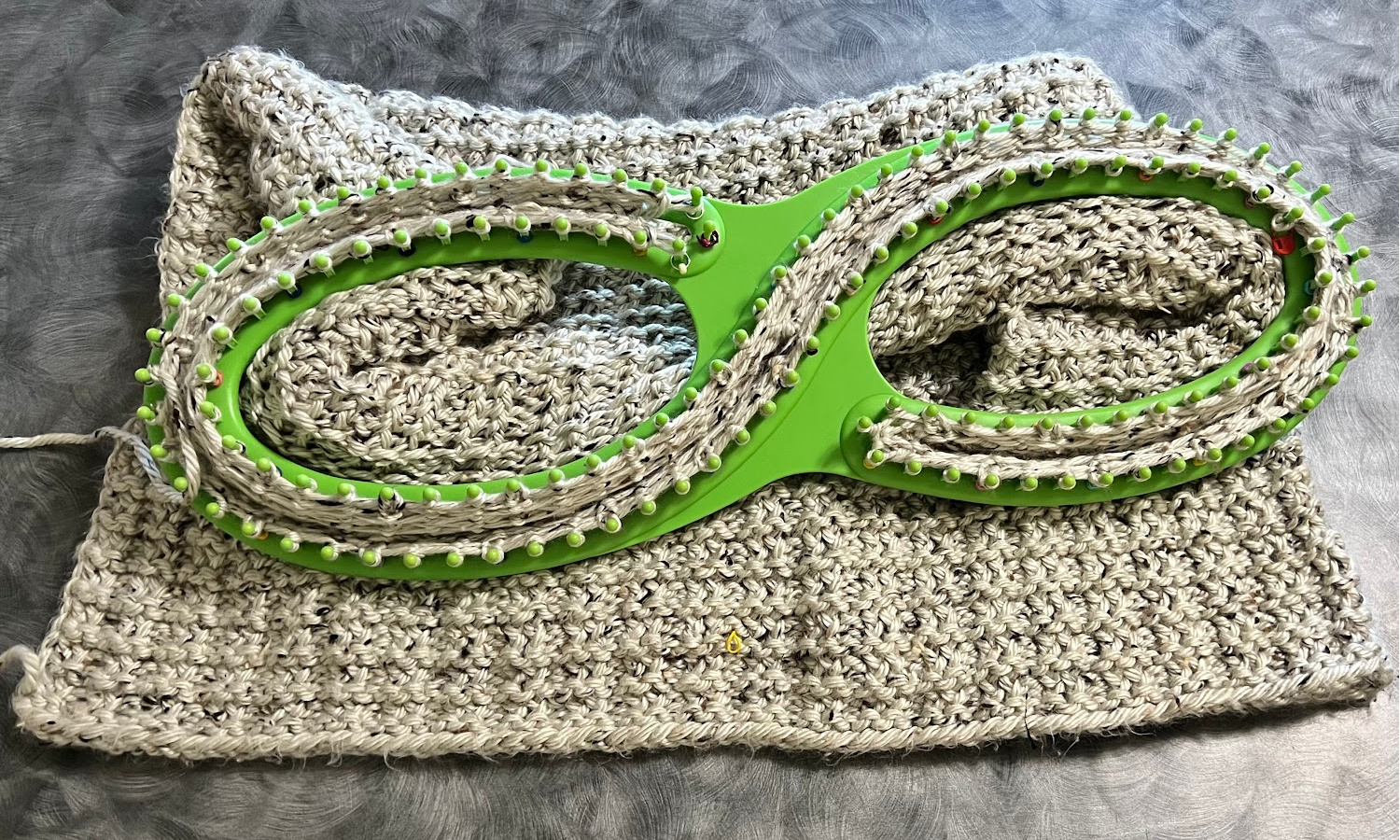
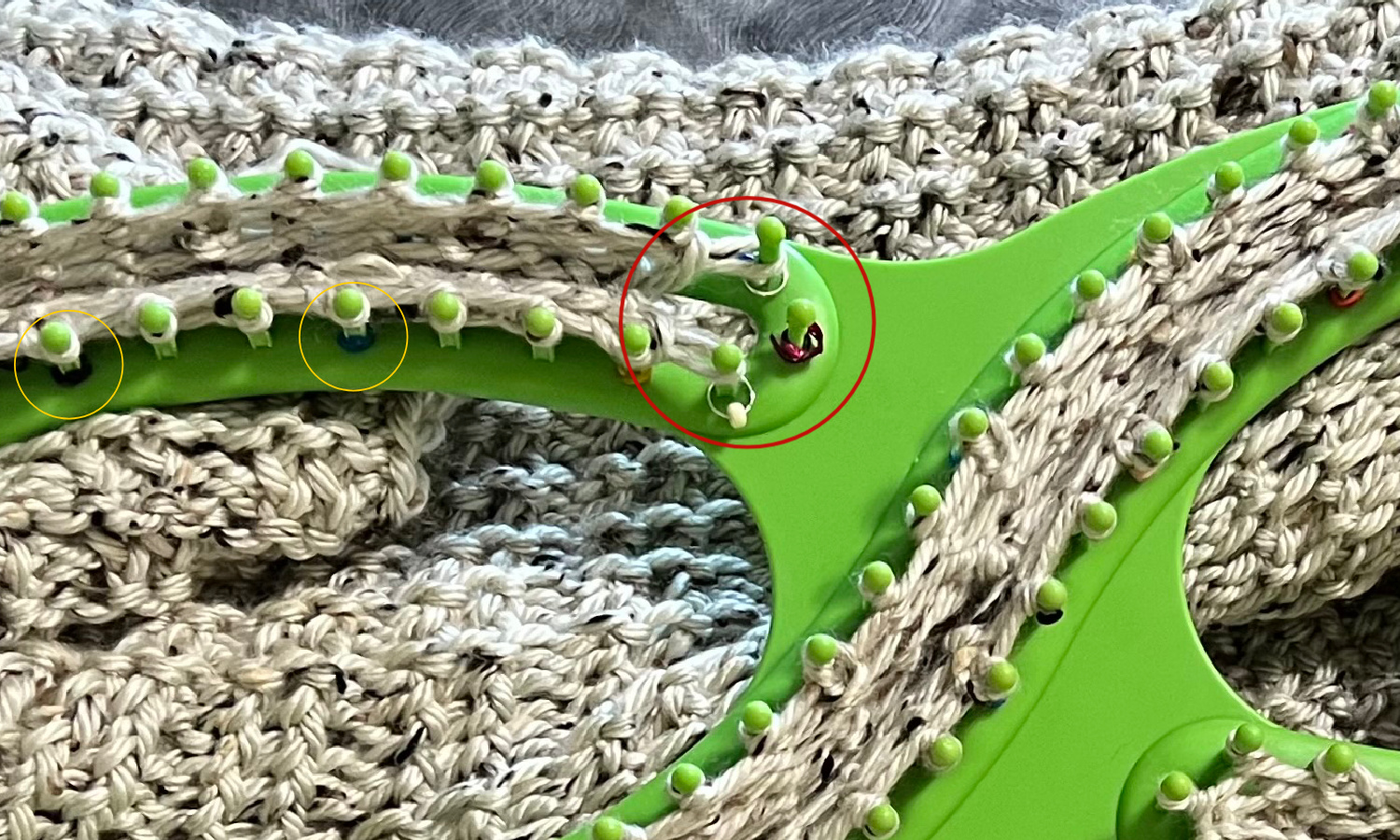
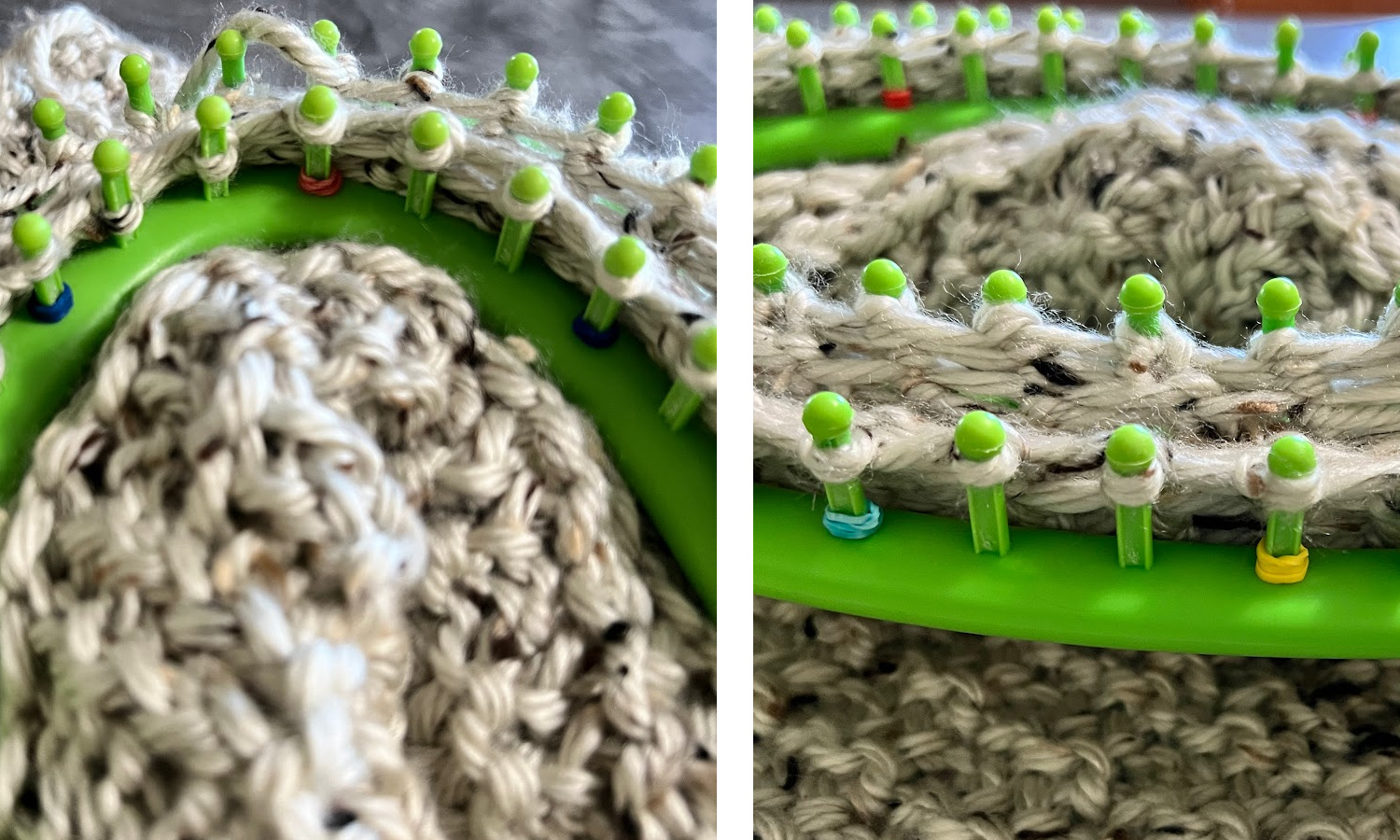
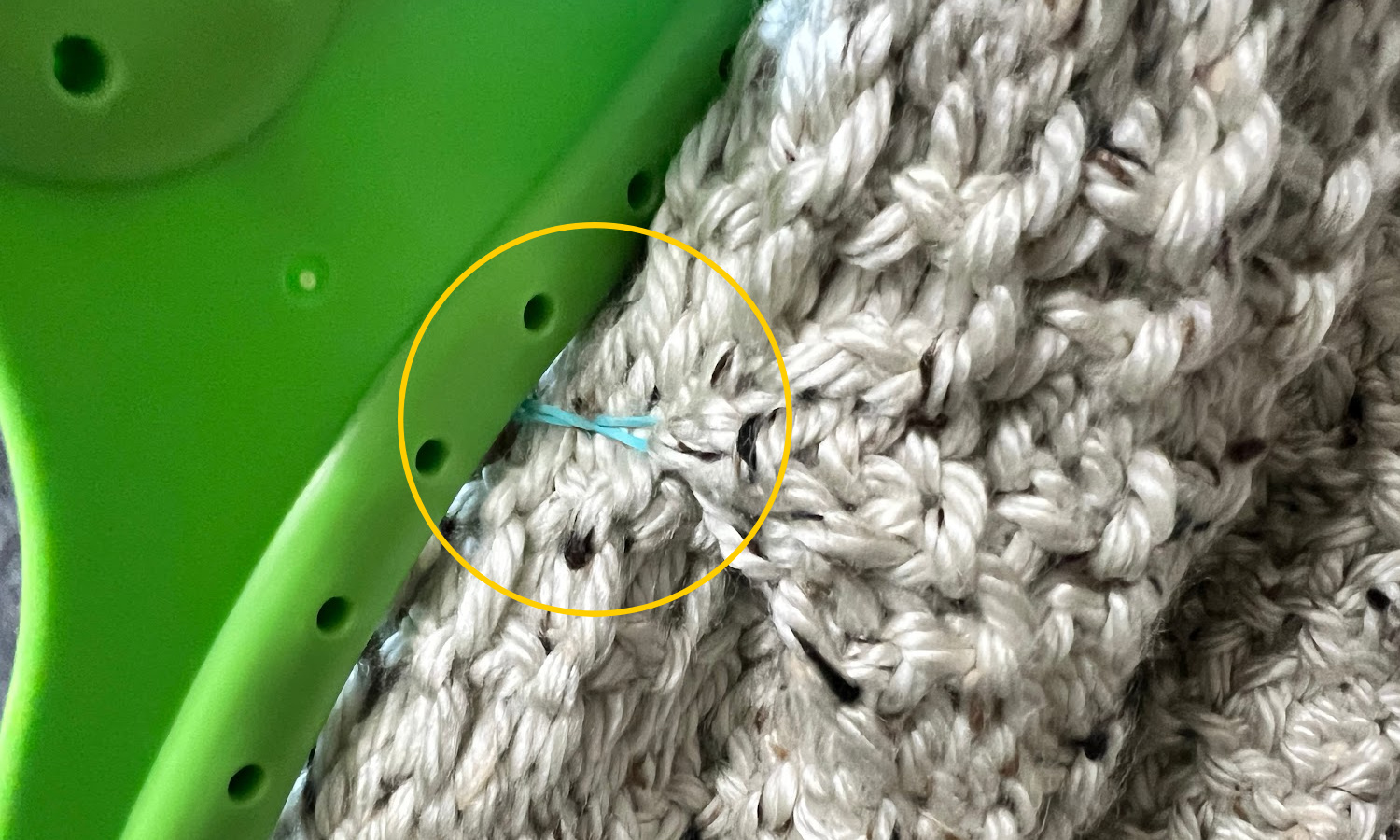

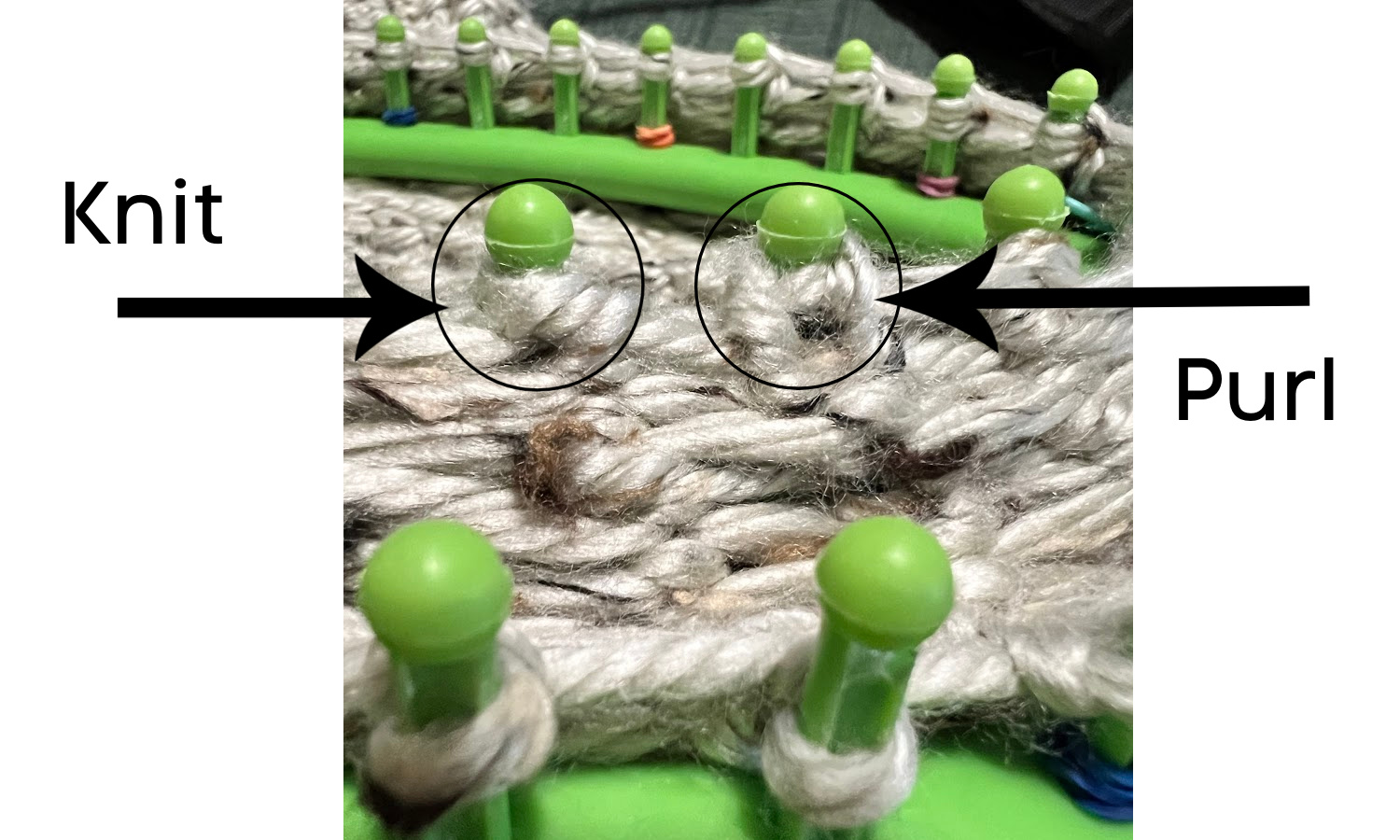
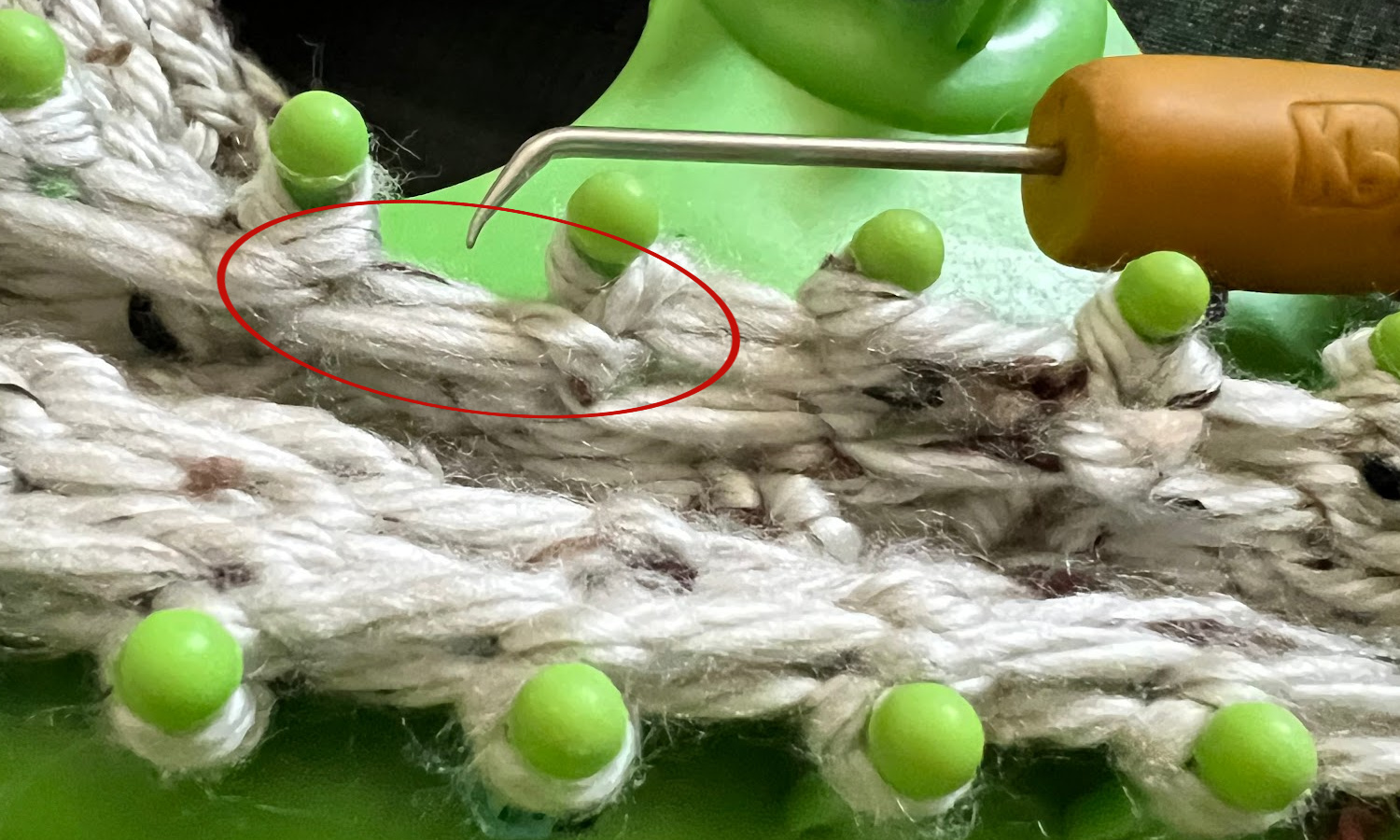









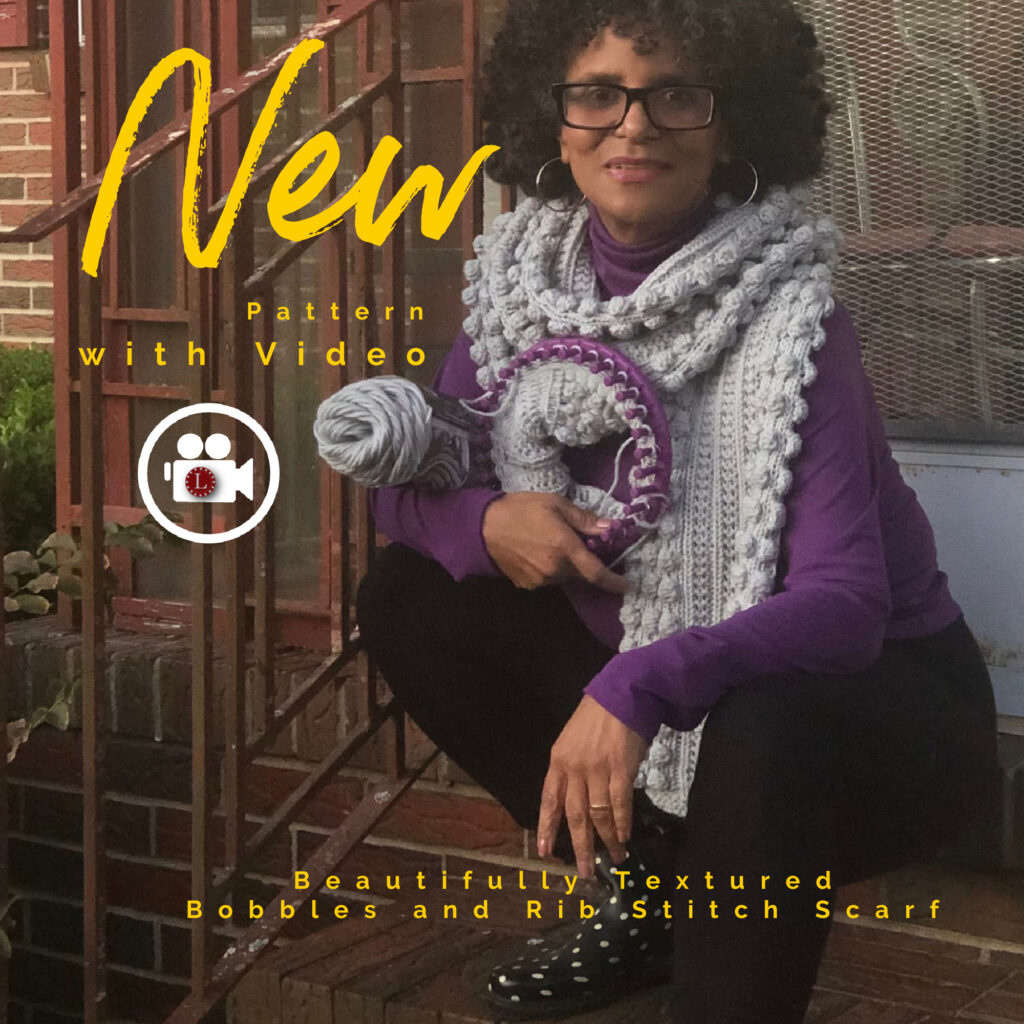

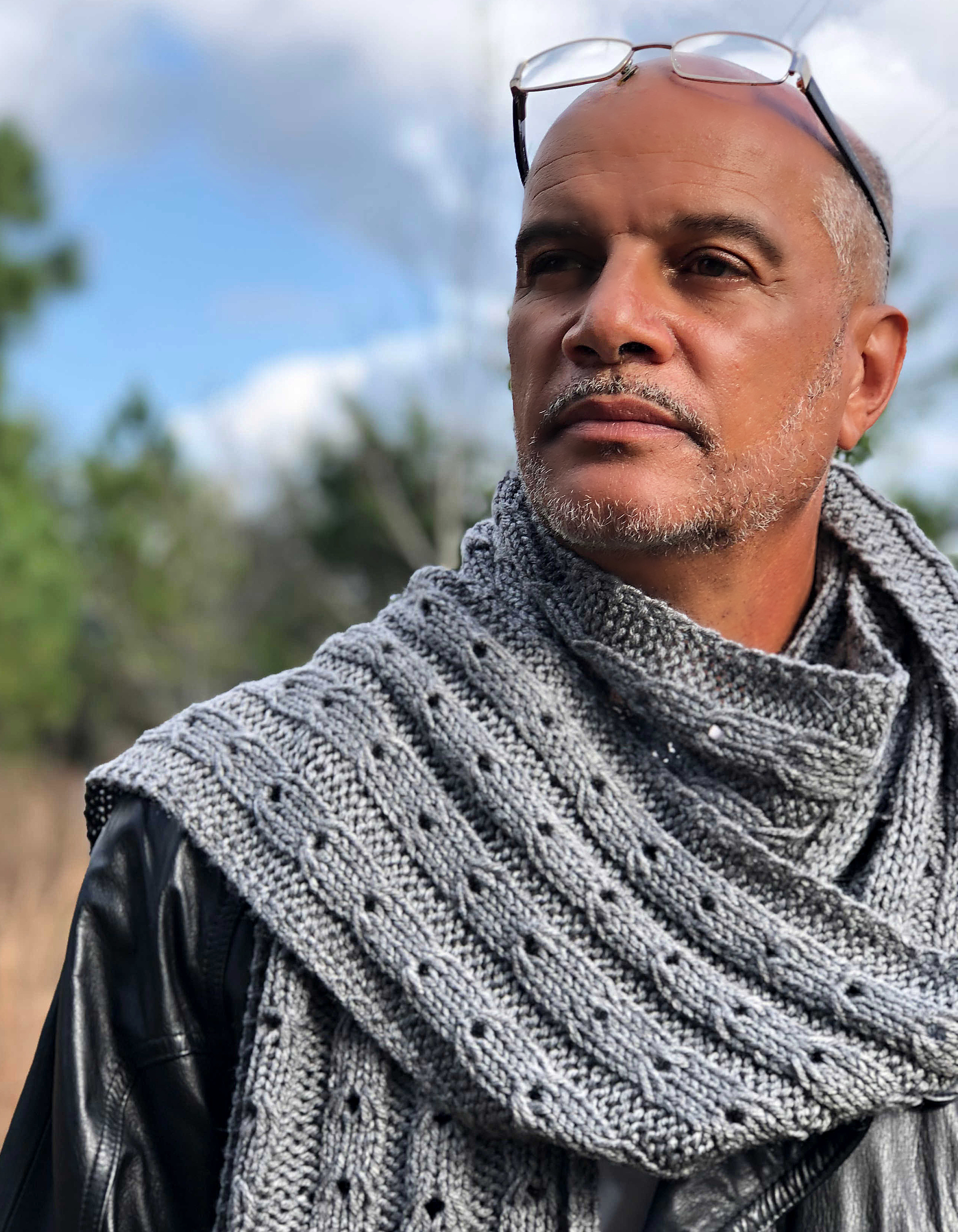

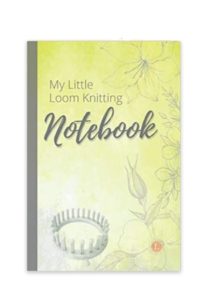






Thank you for a great video. I learned a lot of things about the S loom I didn’t know.
Thank YOU for the thank you – I really appreciate it !